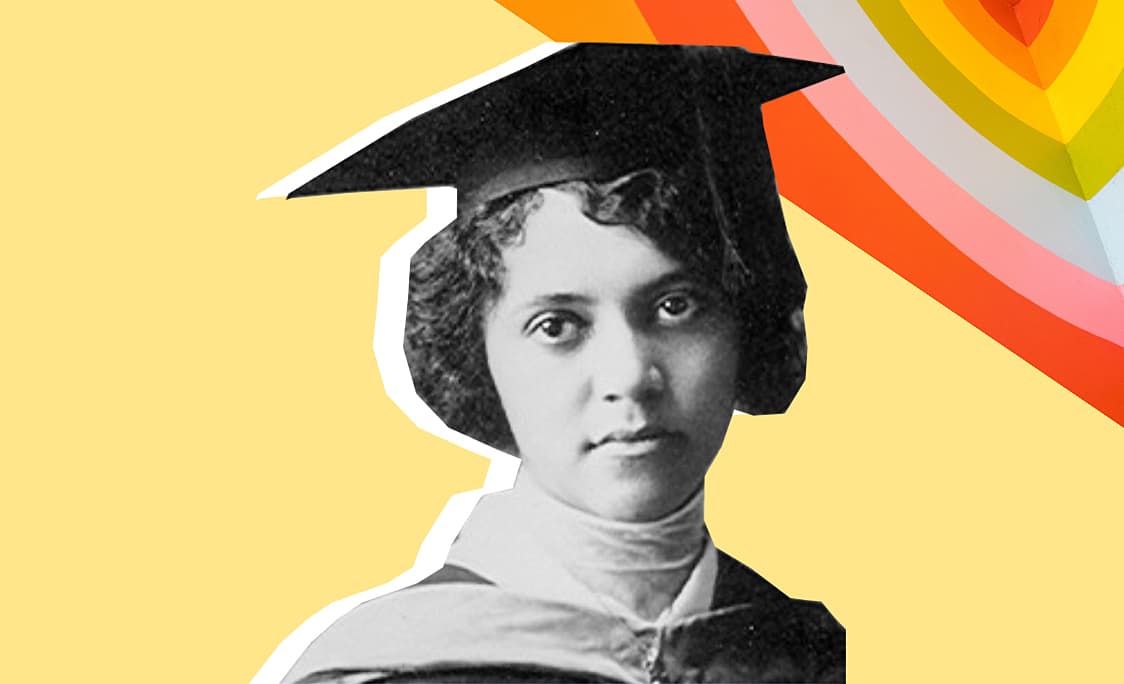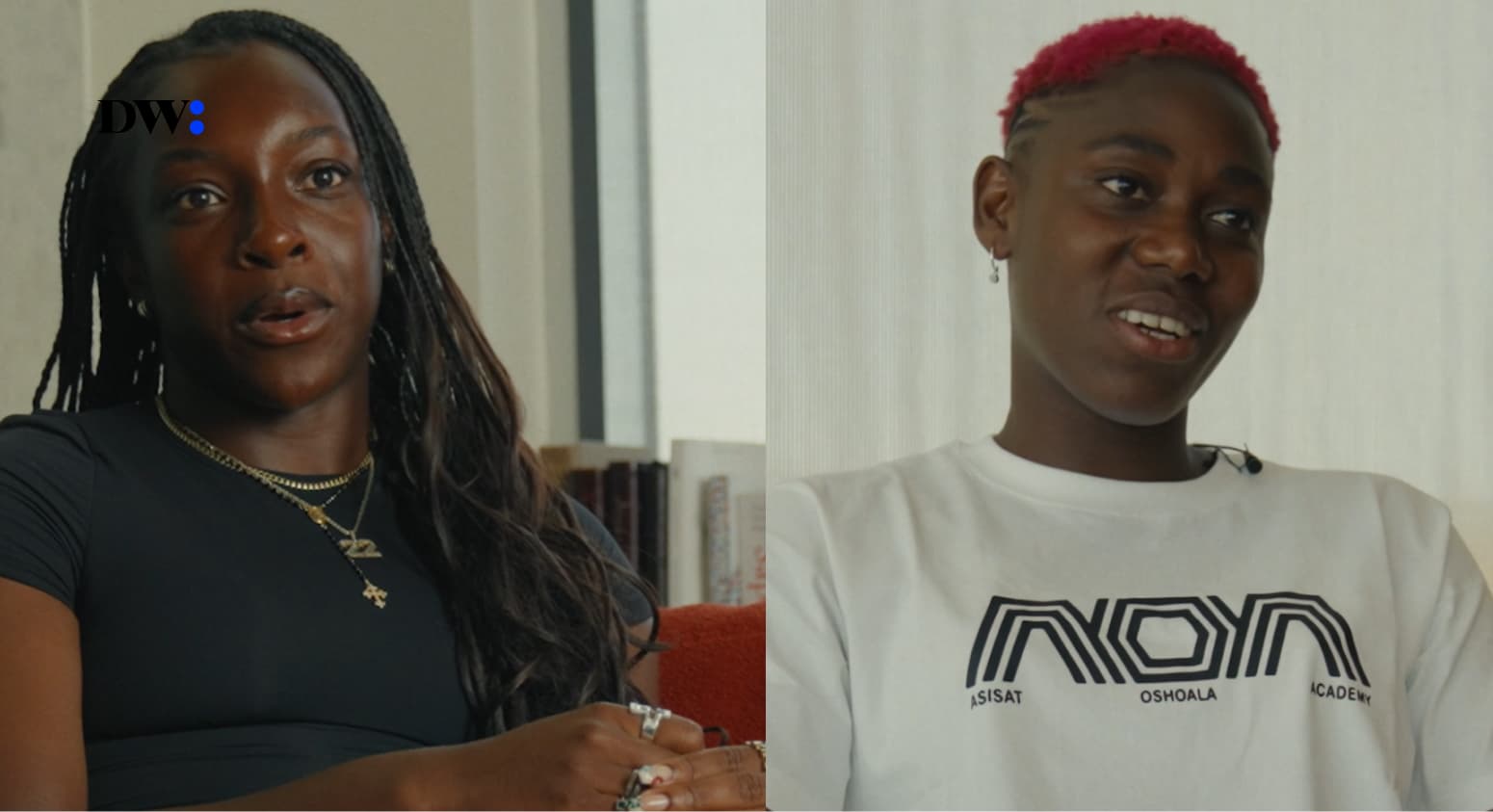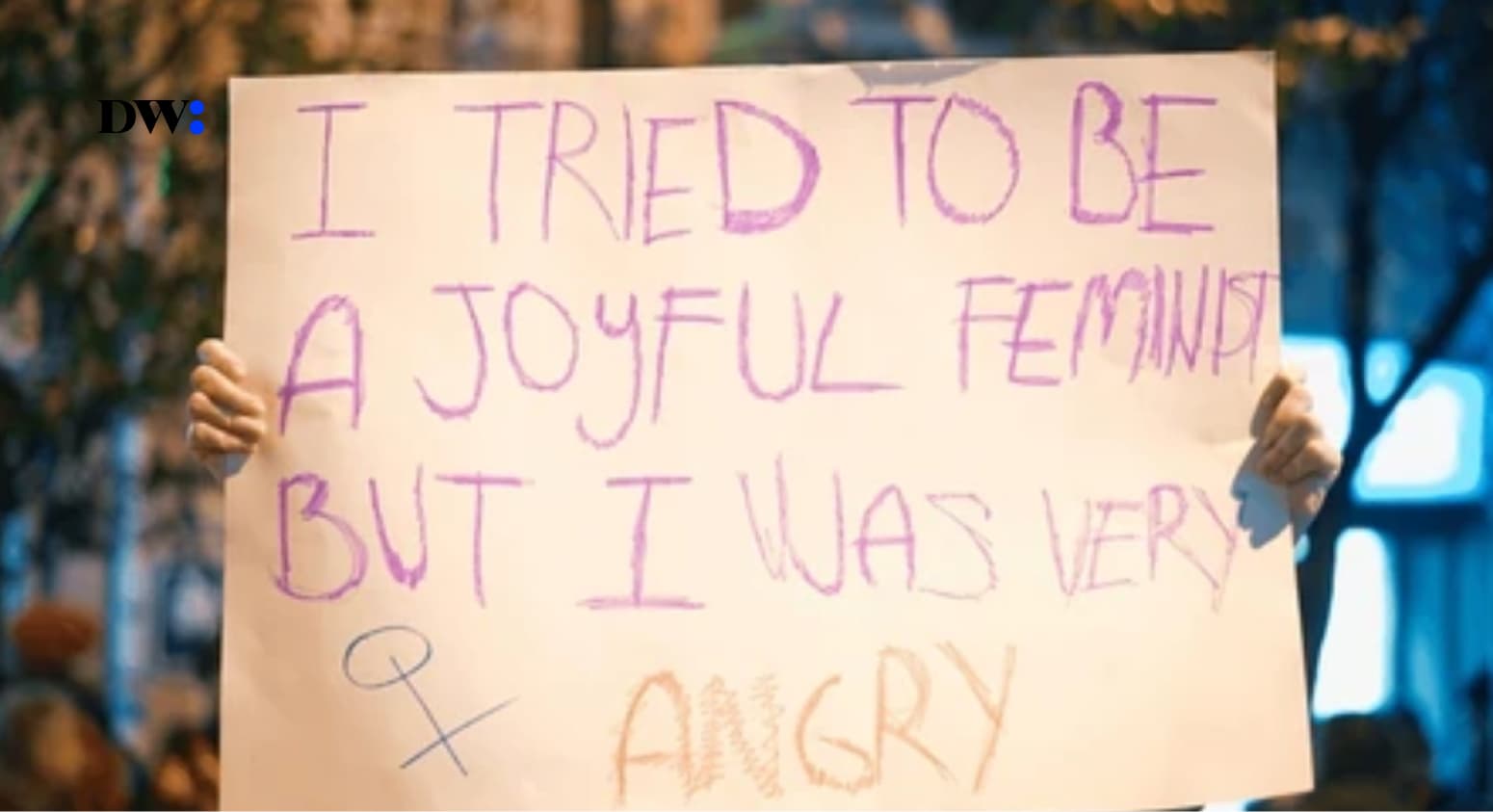Alice Ball was an American chemist that invented the most effective method of treatment in the 20th century. She was the first woman and first African American to receive a master’s degree from the University of Hawaii.
She was also the university’s first female and African American chemistry professor. Alice Ball’s work saved many lives, but her work nevertheless remained forgotten mainly in the scientific record.
Early Life
Alice Augusta Ball was born on July 24, 1892, in Seattle, Washington, to James Presley and Laura Louise (Howard) Ball. She was one of four children, with two older brothers, William and Robert, and a younger sister, Addie.
Her family was middle-class and well-off, as her father was a newspaper editor of The Colored Citizen, a photographer, and a lawyer. Her mother also worked as a photographer. Her grandfather, James Ball Sr., was a photographer and one of the first Black Americans to use daguerreotype, printing photographs onto metal plates.
Some researchers have suggested that her parents and grandfather’s love for photography may have played a role in her passion for chemistry, as they worked with mercury vapours and iodine-sensitized silver plates to develop photos.
Despite being prominent members and advocates of the African American community, Alice’s parents are listed as “White” on her birth certificate. This may have been an attempt to reduce the prejudice and racism their daughter would face and help her “pass” in white society.
Alice Ball and her family moved from Seattle to Honolulu in 1903 hoping the warm weather would relieve her grandfather’s arthritis. He died shortly after the move, and in 1905, they relocated back to Seattle after only a year in Hawaii.
After returning to Seattle, she attended Seattle High School and achieved top grades in the sciences. She graduated from Seattle High School in 1910.
Alice went on to study chemistry at the University of Washington, earning a bachelor’s degree in pharmaceutical chemistry in 1912 and a second bachelor’s degree in the science of pharmacy two years later in 1914.
Alongside her pharmacy instructor, Williams Dehn, she published a 10-page article, “Benzoylations in Ether Solution”, in the Journal of the American Chemical Society. Publishing an article in a respected scientific journal was an uncommon accomplishment for a woman and especially for a Black woman at this time.
After graduating, Alice was offered many scholarships. She received an offer from the University of California Berkeley, as well as the College of Hawaii (now the University of Hawaii), where she decided to study for a master’s degree in chemistry.
Career/The Leprosy Cure
In 1916, Harry T. Hollmann, an assistant surgeon at Kalihi Hospital in Hawaii, had a problem he needed to solve.
Kalihi was among a handful of facilities in Hawaii that treated patients with Hansen’s disease, also known as leprosy, an ailment that can vary in intensity from barely noticeable skin lesions to terrifying disfigurements.
The bacteria that cause the skin condition had been identified in 1873, and by the early 20th century, treatments had evolved slightly thanks to chaulmoogra oil, a substance derived from the seeds of a tropical evergreen tree. When the oil was applied topically or taken orally or intravenously, Hansen’s disease patients experienced some improvement, but the results were inconsistent. There were also uncomfortable side effects, such as nausea and abscesses underneath the skin.
An ideal treatment would be a solution made from the active components of the oil that could be injected without side effects. So, Hollmann sought the help of a chemistry instructor at the College of Hawaii (now the University of Hawaii) whose work he had been quite impressed with. Alice studied chemistry at the University of Washington. While she was at the University of Washington, she earned a bachelor’s degree in pharmaceutical chemistry, and two years later, she received a second degree in pharmacy.
With her pharmacy instructor, she published a 10-page article in the prestigious Journal of the American Chemical Society titled “Benzoylations in Ether Solution.” This kind of accomplishment was very rare for not only African American women but women of any race.
Following her graduation, Alice was offered many scholarships. She had offers to attend both the University of California Berkeley and the University of Hawaii. She decided to move back to Hawaii to pursue a master’s degree in chemistry. While she was studying at the University of Hawaii she studied chaulmoogra oil and its chemical properties.
While chaulmoogra oil had previously been used for leprosy, however Alice revolutionized it and made it injectable by discovering the ester ethyl form, meaning that it was water-soluble and able to dissolve in the bloodstream. In 1915, she became the first woman and first African American to graduate with a master’s degree from the University of Hawaii. Alice was also the first African American and woman chemistry professor at the University of Hawaii’s chemistry department.
In her postgraduate research career at the University of Hawaii, Alice investigated the chemical makeup and active principle of Piper methysticum (kava) for her master’s thesis.
From 1866 to 1942, whenever a patient was diagnosed with leprosy they were arrested and sent to the Hawaiian island of Molokai. Dr. Harry T. Hollmann was a doctor during the time at Kalihi Hospital in Hawaii.
He was one of the few physicians that was not satisfied with the inconsistent results of the Chaulmoogra oil in its natural form. He needed an assistant to help develop a method to isolate the active chemical compounds in chaulmoogra oil and reached out to Alice who was working on her thesis The Chemical Constituents of Piper Methysticum.
Chaulmoogra oil had previously been used in the treatment of Hansen’s disease (leprosy) with mixed results and every form of the treatment had problems. Chaulmoogra oil was first used as a topical straight from the tree in eastern medicine starting in the 1300s. However, it was originally too sticky to be used effectively as a topical and it was extremely painful to be used as an injection.
However, some hospitals still attempted to use it as an injection even though the sticky consistency of the oil caused it to clump under the skin and form blisters. These blisters formed in perfect rows and made the skin “look as if the patient’s skin had been replaced with bubble wrap.” Ingesting the oil was not effective either because it had an acrid taste that usually made the patients vomit upon attempting to swallow it.
At just the young age of 23, Alice developed a technique that would allow the oil from chaulmoogra tree seeds to become injectable and absorbable by the body.
Her newly developed technique involved isolating ethyl ester compounds from the fatty acids of the chaulmoogra oil. This isolation technique, known as the “Ball Method”, was the only treatment for Hansen’s disease that was effective and “left no abscesses or bitter taste,”.
Unfortunately, due to her untimely death, Alice was unable to publish her revolutionary findings. Arthur L. Dean,a chemist and the president of the University of Hawaii, continued her work, published the findings, and began producing large quantities of the injectable chaulmoogra extract. Dean published the findings without giving credit to Alice, and renamed the technique the Dean Method, until Hollmann spoke out about this.
In 1918, a Hawaii physician reported in the Journal of the American Medical Association that a total of 78 patients were released from Kalihi Hospital by the board of health examiners after treatment with injections. The isolated ethyl ester remained the preferred treatment for Hansen’s disease until sulfonamide drugs were developed in the 1940s.
Death
Alice died on December 31, 1916, at the age of 24. She had become ill during her research and returned to Seattle for treatment a few months before her death.
A 1917 newspaper article from the Pacific Commercial Advertiser suggested that the cause may have been chlorine poisoning due to exposure that occurred while teaching a laboratory.
It was reported that Ball was giving a demonstration on how to properly use a gas mask in preparation for an attack since World War I was raging in Europe.
However, the cause of her death is unknown as her original death certificate was altered, giving the cause of death as tuberculosis.





